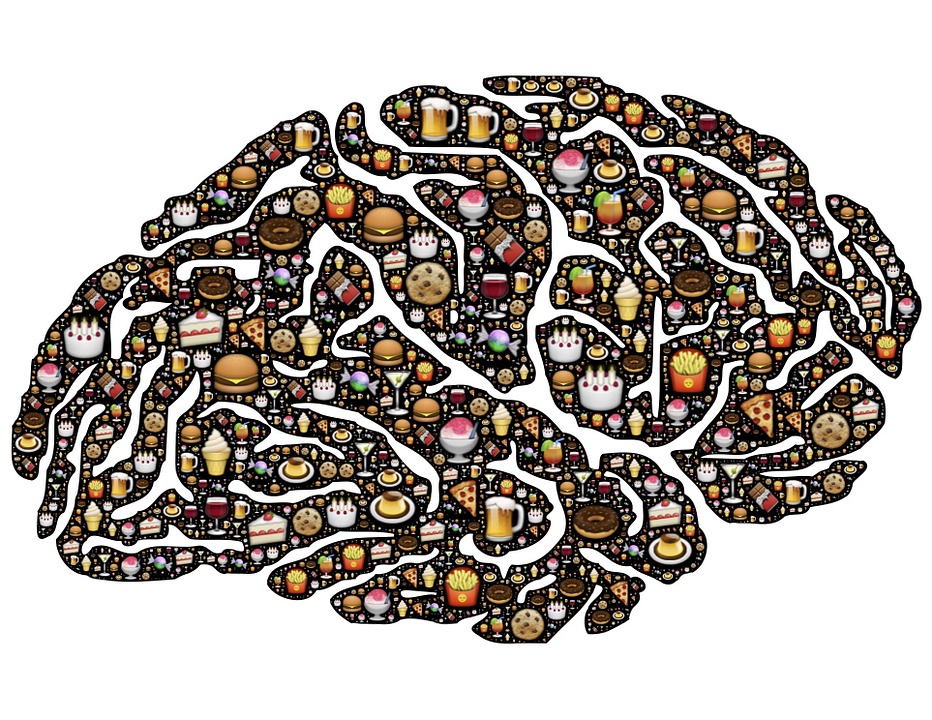Do you ever feel like no matter what you do, you can’t seem to make desired changes in your life? Maybe you want to start exercising or reduce your calories to lose weight. Or you want to stop feeling anxious all the time. And then there’s the one where you really want to change your life completely but have no idea how….you’re stuck in a rut?

We all go through these periods in our lives.
And we’re stuck because all the “stuff “surrounding that “stuckness” is retained all the way down into the cellular level.
Did you know our cells are constantly talking with one another…and our brains are in on it? Our cells are directing our actions, thoughts, feelings, and even our beliefs. The implication of this is we have the potential for change.

That “stuckness” you feel is based on repetitive neural pathways you run which are triggered by anchors. Anchors are responses linked to a stimulus (a trigger) which causes a knee jerk reaction or behavior. Most of these anchors and behaviors are out of our awareness. They become second nature to us.
For instance:
• Some food smells can make you think of your mother because she used to make that particular food.
• A specific song can bring back memories of good or bad events.
• The sound of someone’s voice can make you think of someone else.
Again, this is usually out of our awareness. We just react to all of it.
And, when we get in a rut, we’re running specific neural pathways of behavior which keep us there by constantly repeating the same unwanted behaviors. Many people try and muscle through it…..berating themselves to do the desired behaviors. Sometimes this work but usually it only works for awhile and we’re right back where we started, except by then we’re really disappointed in ourselves.
With all the advances in neuroplasticity and neuroscience, it’s allowed us to understand how the body does this.
One thing you can do to start making the changes is to “catch” yourself when you start to do an unwanted behavior. Stop for a moment and think about what was happening or what were you feeling right before you started the action. Look at the sequence of behaviors and see if you can discover what “triggered” your response (the behavior).

For instance, you’re trying to lose weight….you tell yourself you are not going to eat anymore ice cream until the weight is off. Then you find yourself in the checkout line at the supermarket buying a pint of your favorite flavor! What happened?
Many people will realize they’re feeling kind of blue or they’ve had a bad day. Maybe you got in an argument with your partner or co-worker. Or maybe you’re feeling like it doesn’t make any difference anyway—no one cares.
……………And then you’re in the checkout line.
All these things point to what we call “eating your feelings”! We eat the ice cream, the chocolate or the pizza to make ourselves feel again. Our brains crave the “feel good” neuro peptides so we eat sugar, fat and/or salt.

If you can pinpoint what is “triggering” your cravings you can start making better choices or at least stop yourself from reaching for the ice cream. You can create other, healthier, ways to create a better mood.
With the Neural Pathway Restructuring™ Method you can alter those pathways in a relatively short time without all the agony of “white knuckling it”.





